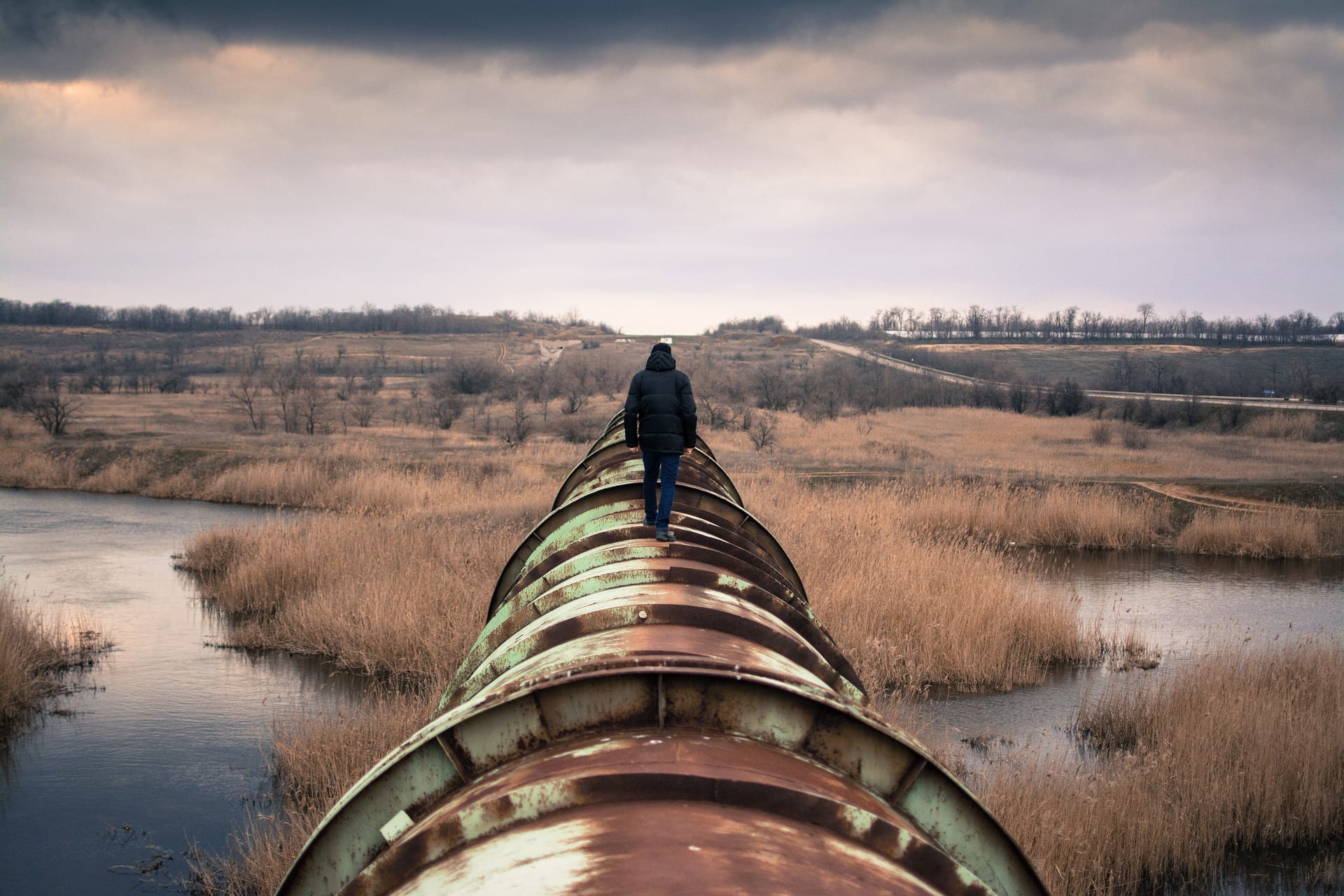
The production of oil or gas from underground reservoirs in the Midwest involves chemical and mechanical processes that can eventually compromise the well, resulting in decreased production or equipment failure. Mid-West Instrument offers some troubleshooting ideas that can help you avoid or at the very least delay the onset of oil and gas production problems.
Mechanical Failures
Mechanical failures are usually related to one of the following problems:
- Corrosion of downhole equipment
- Collection of debris or scale in the wellbore
- Production of formation sand or collapse of the formation
- Insufficient cement protection
- Using the wrong equipment
Equipment especially prone to failure includes tubing, casing, rod string, downhole pumps, packers, gas lift valves, and plugs in the well bore. The most straightforward solution for avoiding extensive repairs is regular equipment maintenance, including the establishment of a maintenance schedule after the field has been properly analyzed.
In cases where the cause of failure is more complex, specific diagnostic techniques can be applied to determine the exact cause. For example, a casing leak can be detected by running a packer in the well and pressure testing the casing at various intervals in the hole. Meanwhile, problems with rod pumping equipment can be diagnosed by using a dynamometer.
Partial Penetration
“Partial penetration” is a term that applies when only a portion of the productive formation has been drilled or perforated. In the case of a partial penetration, gas or oil that is flowing from the reservoir to this limited-portion area will cause large pressure gradients near the wellbore. Fluid flow within the pores might also reach turbulent velocity, thus causing an even more abrupt pressure drop and reducing the productivity of the well. When troubleshooting a partial penetration, one effective option is to deepen the well to expose all of the productive intervals. A second option is to add more perforations to expose additional reservoirs to flow.
Formation Collapse
In loosely consolidated or weakly cemented formations, the severe pressure drop that occurs around a wellbore can cause formation collapse. When this occurs, the pore structure is altered and the permeability is reduced, causing skin damage around the wellbore. One helpful troubleshooting technique to prevent formation collapse involves performing a small hydraulic fracture treatment early in the life of the well. This fracture treatment will help minimize the pressure gradients and reduce the chance of formation collapse around the wellbore.
Paraffin
As the temperature and pressure are reduced near the wellbore region, some oils can precipitate considerable amounts of paraffin and/or asphaltenes. These deposits often form near the surface of the well where the temperature is lowest. However, it isn’t uncommon for paraffin and asphaltenes to accrue near the perforations of a well. Either way, removing these deposits can be accomplished with heated oil or chemical solvents.
Contact Us Today
Oil production should be checked on a regular schedule in order to identify irregularities quickly and correctly. A proactive approach is required so that troubleshooting can be utilized well in advance of a serious problem. For a complete line of high-quality oil & gas instruments to make the job easier, contact Mid-West Instrument today.

